‘A small, black, repulsive picture’ is not how most people today would describe Zurbaran’s haunting painting of ‘Saint Francis in Meditation’ (1635-9) in the National Gallery. But that was how one Protestant critic of its acquisition in 1853 described this image of an Italian saint satirised three centuries earlier by the German Lutheran cleric Erasmus Alber in his Koran of the Franciscans.
Already a subscriber? Log in
Subscribe for just $2 a week
Try a month of The Spectator Australia absolutely free and without commitment. Not only that but – if you choose to continue – you’ll pay just $2 a week for your first year.
- Unlimited access to spectator.com.au and app
- The weekly edition on the Spectator Australia app
- Spectator podcasts and newsletters
- Full access to spectator.co.uk
Or
Unlock this article
You might disagree with half of it, but you’ll enjoy reading all of it. Try your first month for free, then just $2 a week for the remainder of your first year.

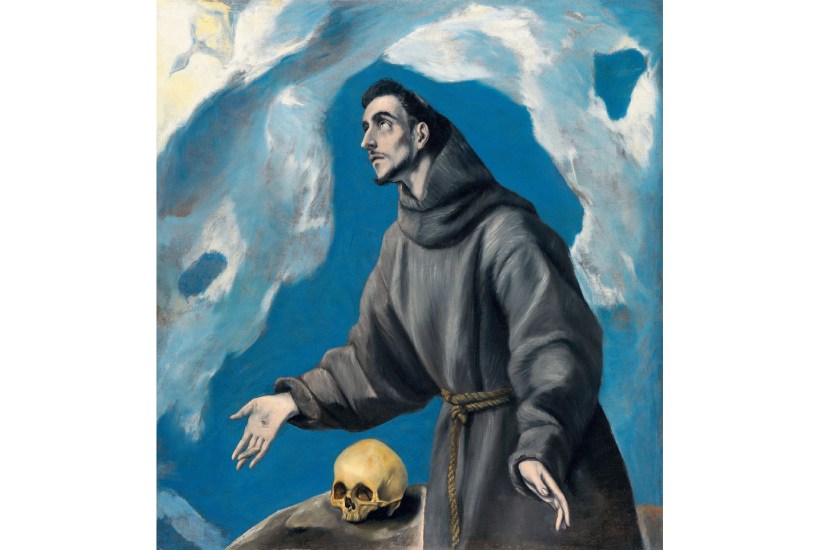
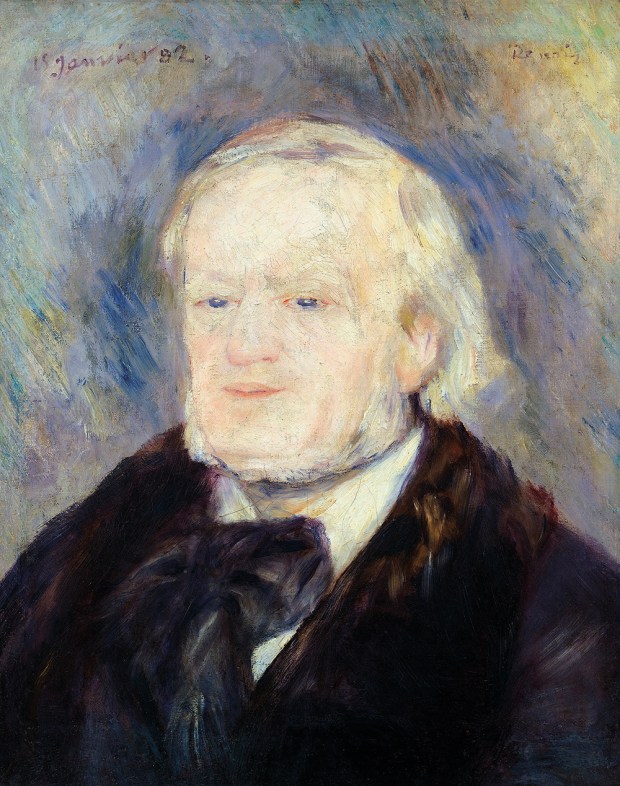
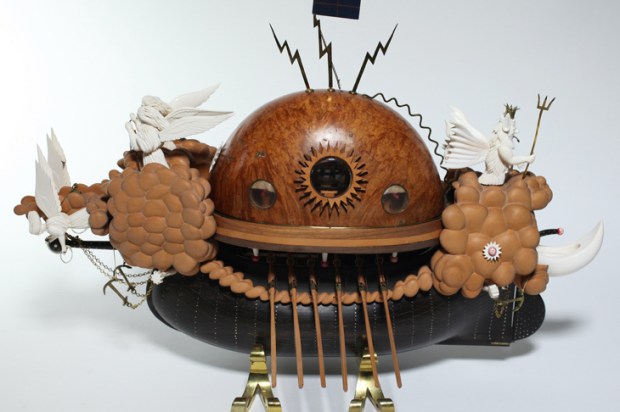
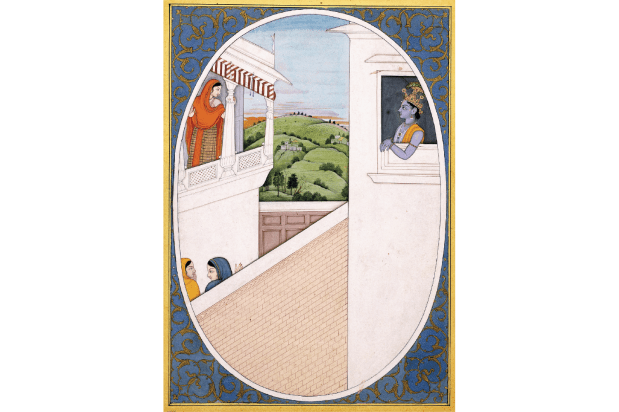
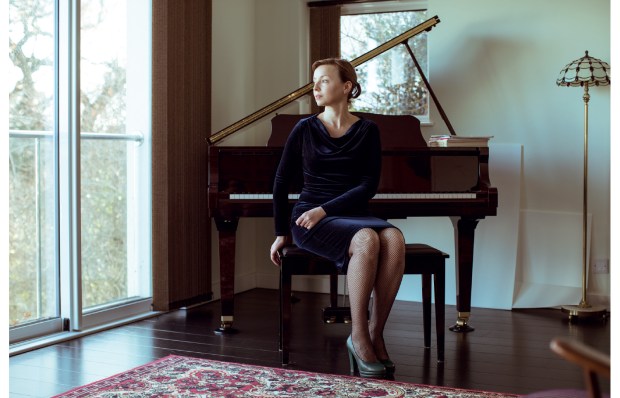
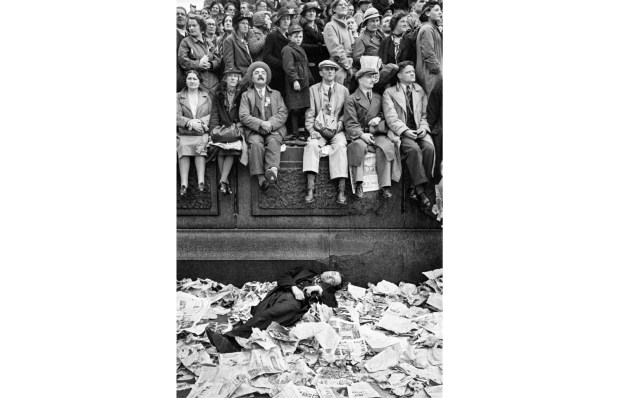
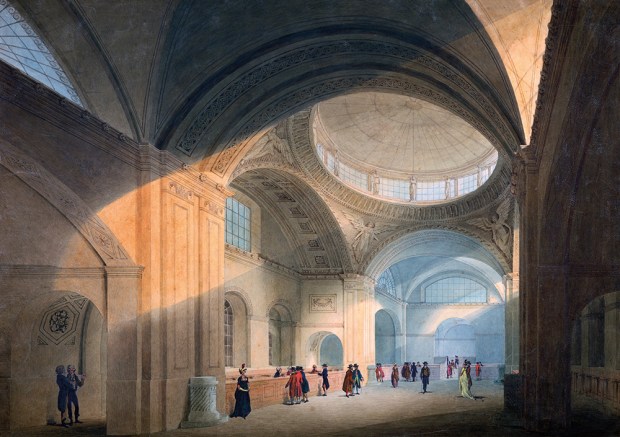






Comments
Don't miss out
Join the conversation with other Spectator Australia readers. Subscribe to leave a comment.
SUBSCRIBEAlready a subscriber? Log in